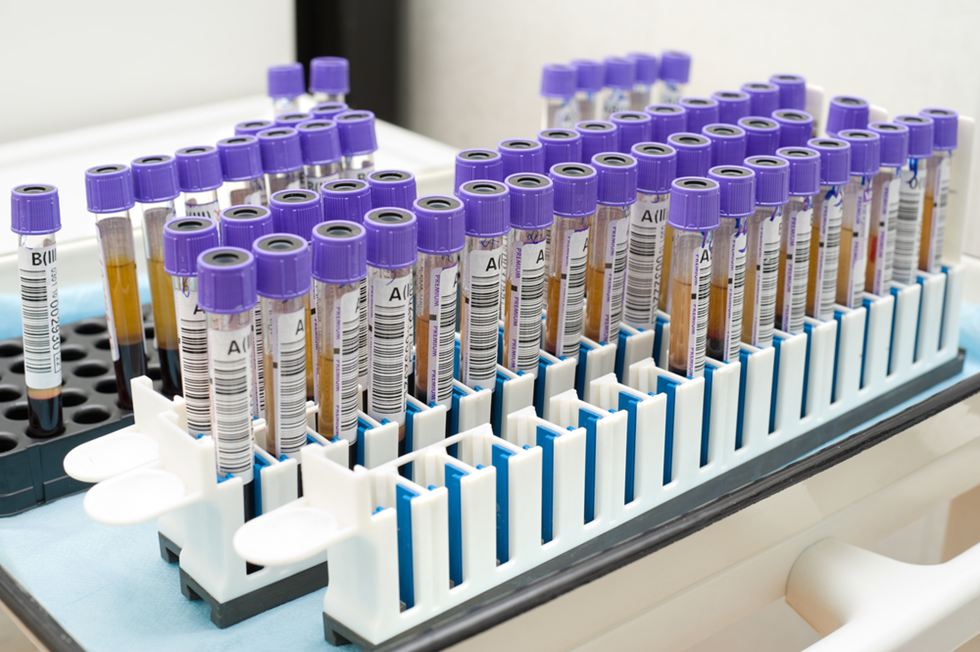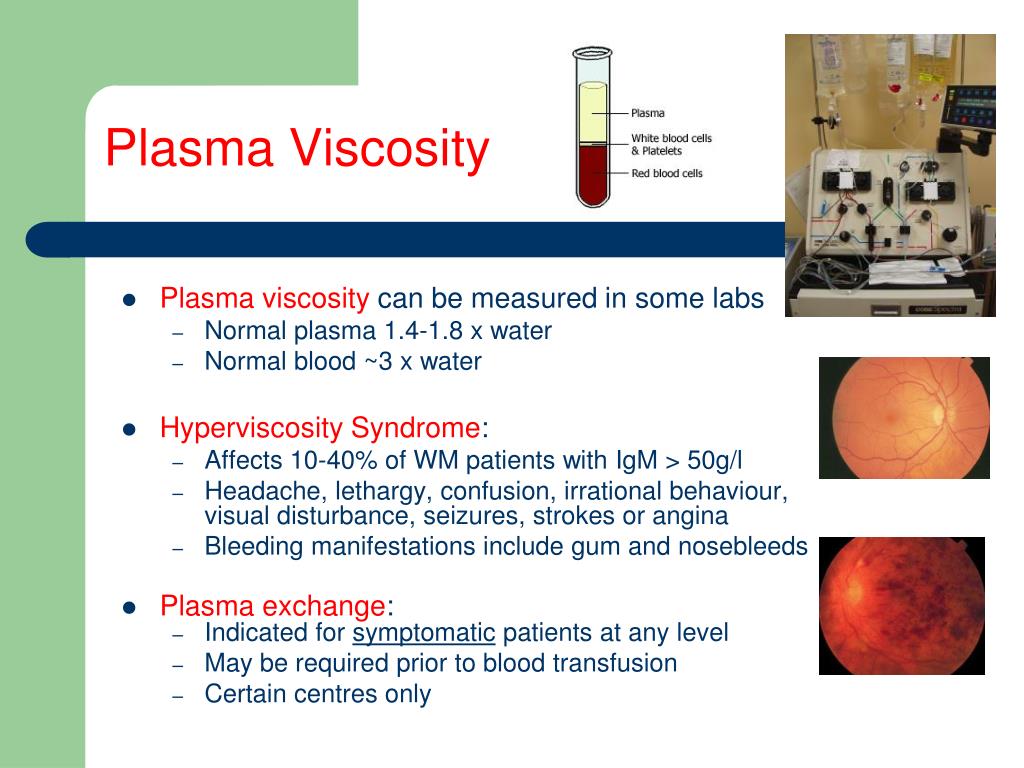

Several other signs and symptoms of Waldenström macroglobulinemia are related to the excess amounts of IgM. In the bone marrow, the lymphoplasmacytic cells interfere with normal blood cell development, causing a shortage of healthy blood cells (pancytopenia). For example, accumulation of these cells can lead to an enlarged liver (hepatomegaly), spleen (splenomegaly), or lymph nodes (lymphadenopathy). Other features of Waldenström macroglobulinemia are due to the accumulation of lymphoplasmacytic cells in different tissues. The damaged nerves cannot carry signals normally, leading to neuropathy.


Some people with Waldenström macroglobulinemia develop a loss of sensation and weakness in the limbs (peripheral neuropathy). Doctors are unsure why this feature occurs, although they speculate that the IgM protein attaches to the protective covering of nerve cells (myelin) and breaks it down. Affected individuals can also experience general symptoms such as fever, night sweats, and weight loss. The most common signs and symptoms to first appear in people with Waldenström macroglobulinemia are weakness and extreme tiredness (fatigue) caused by a shortage of red blood cells (anemia). It can be many years before a person with the condition develops noticable signs and symptoms. These individuals are diagnosed with smoldering (or asymptomatic) Waldenström macroglobulinemia. Some affected individuals have elevated levels of IgM and lymphoplasmacytic cells but no symptoms of the condition in these cases, the disease is usually found incidentally by a blood test taken for another reason. Waldenström macroglobulinemia usually begins in a person's sixties and is a slow-growing (indolent) cancer. In Waldenström macroglobulinemia, these abnormal cells produce excess amounts of IgM, the largest of a type of protein known as an immunoglobulin the overproduction of this large protein contributes to the condition's name (macroglobulinemia). Due to these cells, Waldenström macroglobulinemia is classified as a lymphoplasmacytic lymphoma. These abnormal cells with both lymphocyte and plasma characteristics are known as lymphoplasmacytic cells. These abnormal cells have characteristics of both white blood cells ( lymphocytes ) called B cells and more mature cells derived from B cells known as plasma cells. Waldenström macroglobulinemia is a rare blood cell cancer characterized by an excess of abnormal white blood cells in the bone marrow.


 0 kommentar(er)
0 kommentar(er)
